[ad_1]
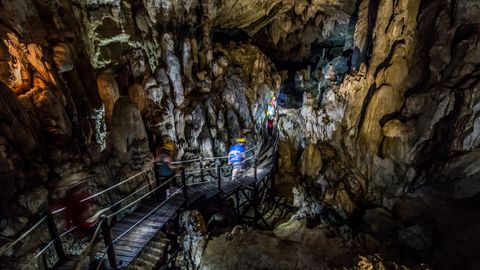
Malaysia is one of the most famous spots for travellers who love the sand and the sea. While it’s best known for the pearl-white sand beaches of Langkawi and the majestic peak of Mount Kinabalu, the nation is also home to another exciting landscape feature that draws adventure seekers and nature lovers alike — its caves. From the world-renowned Batu Caves to the Sarawak Chamber of Gunung Mulu National Park (the largest cave chamber in the world), get in touch with your inner spelunker while exploring the magnificent caves in Malaysia.
These massive networks of interconnected systems enthral tourists with stunning arrangements of limestone stalagmites and stalactites sculpted over millennia. Caves in Malaysia are also home to the most unique flora and fauna, and some are even archaeological sites. Remnants of the prehistoric era have been discovered in Malaysian caves, like the ‘Perak Man’ (Southeast Asia’s oldest, most complete human skeleton) in Gua Gunung Runtuh of Lenggong Valley, and they have managed to preserve centuries of ancient history, local culture and native wildlife within their walls. They are truly fascinating sights as the caves manage to entwine the beauty of natural marvels and the cultural heritage of their surroundings.
Here are some of the best caves to explore in Malaysia:
Batu Caves
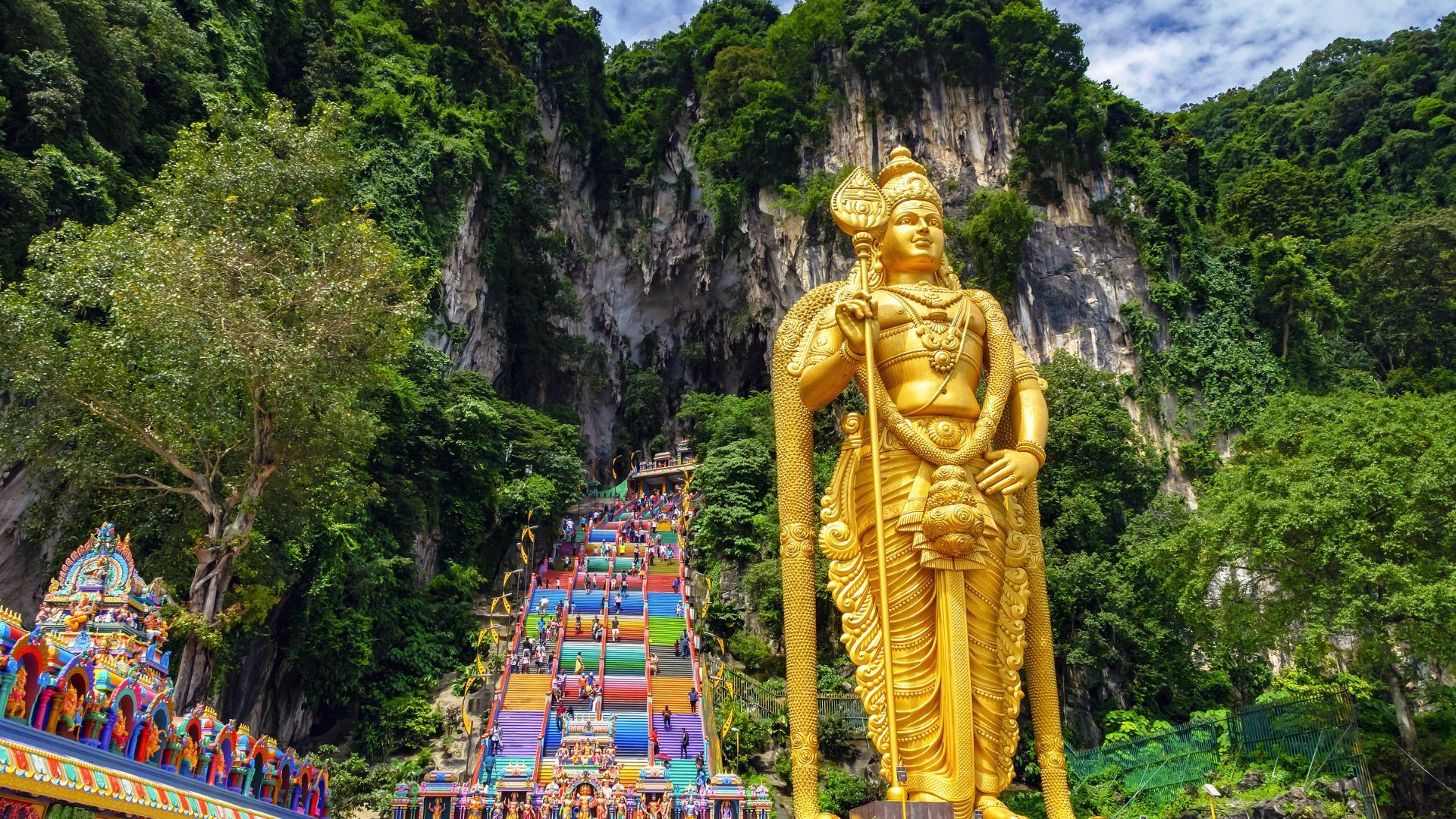
Image credit: ShutterstockThese world-famous caves are located in Gombak, in the State of Selangor. One of the most iconic tourist attractions in Malaysia, Batu Caves showcases mogote topography, which is a limestone outcrop and includes a series of caves and cave temples.
With over 20 caves forming part of the Batu Caves, the biggest cave, the Temple Cave or Cathedral Cave, is dedicated to Lord Murugan and is a famous pilgrimage site for Tamil Hindus. You need to be dressed appropriately to visit this cave temple.
Besides it, the Dark Cave, Ramayana Cave and Cave Villa are significant sites, with tourists flocking here to see the beautiful paintings of the Ramayana Cave and Cave Villa, as well as the unique flora and fauna of the Dark Cave. The Dark Cave has two areas — one that houses rare plant species (around 269 types) and the other part of the cave that is engulfed in pitch darkness.
However, the most iconic aspect of the Batu Caves is a steep flight of 272 steps that leads to the entrance of Sri Subramaniar Swamy Temple, from where you get a breathtaking view of the grand, golden statue of Lord Murugan, towering at 140 feet (around 42.6 metres), and the surrounding areas. Learn more with our detailed guide to Batu Caves.
Tickets: Entry to the Cave Temple is free, but other caves, like the Ramayana Cave (RM 4.4/USD 0.95) and the Dark Cave (RM 35/USD 7), have an entrance fee.
How to reach
By air: Sultan Abdul Aziz Shah Airport is 25 km away.
By road: The caves are 6 km from Gombok and 17 km from Kuala Lumpur city centre.
Book your stay at Hilton Kuala Lumpur via Booking.com
Book your stay at Hilton Kuala Lumpur via Agoda
Gunung Mulu National Park
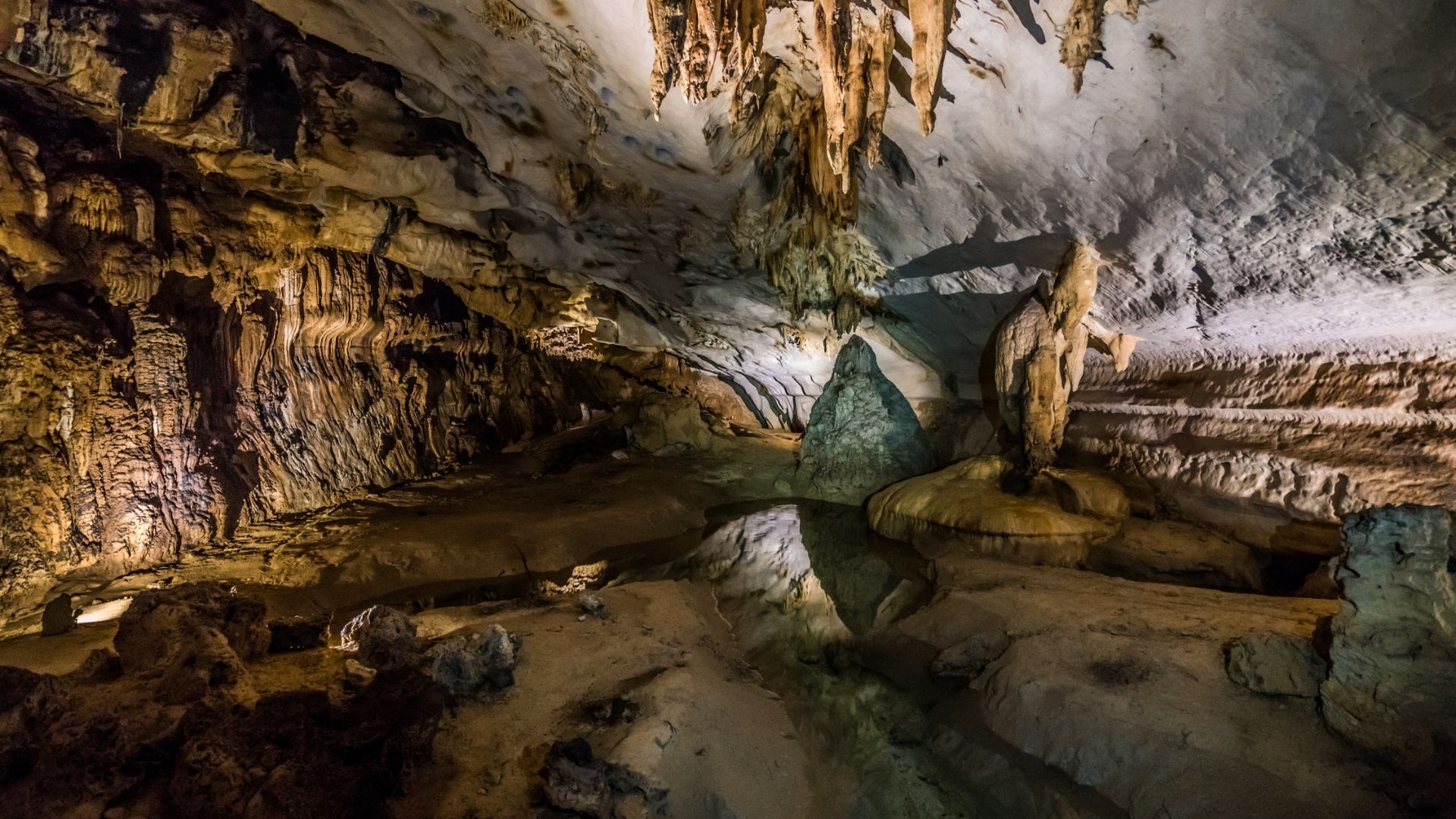
Image credit: ShutterstockOne of the four UNESCO Heritage Sites of Malaysia, Gunung Mulu National Park is home to some of the most stunning caves in the country. Located in Borneo Island’s Sarawak, the national park stands out for a 2,376 metre-tall sandstone structure called Gunung Mulu and other karst features sprawling across the Malaysian state. For the uninitiated, karst is a special type of landform that is created when bedrock dissolves. It is associated with soluble rock types, including limestone, gypsum and marble.
Tickets: The park has curated tour packages that take people on a guided journey. These packages require you to stay for at least a night or even longer. The price of the tour packages starts from RM 500 (USD 107).
How to reach: The only way to reach Gunung Mulu National Park is by flying directly to Mulu Airport, situated within the park. Miri Airport, Kuching International Airport and Kota Kinabalu International Airport have daily direct flights to Mulu Airport.
The Sarawak Chamber
Named the largest single cave chamber in the world by the Guinness World Records, the Sarawak Chamber is part of 295 km of explored caves in Gunung Mulu National Park. This cave stretches 600 metres in length, 415 metres in width and 80 metres in height. The only way to visit the Sarawak Chamber is through one-night camps organised by the park. However, this is an extreme adventure activity open only to people who are certified cave explorers and experienced swimmers. The cave has a volume of 12 million cubic metres and an unsupported roof of 300 metres.
Clearwater Cave
The park’s official website states that Gunung Mulu National Park is also home to the longest cave in Asia. Also known as Gua Air Jernih, the 107-km-long cave stands as a testament to Malaysia’s natural beauty. After navigating 200 steps through dense forest, trekkers reach the entrance of the cave, encompassing an underground river, plank walks, pathways and floating bridges.
The Wind Cave is also part of the Clearwater Cave System and has beautiful stalactites, stalagmites, flow rocks, helictites and rock corals. Travellers can explore these caves through guided tours.
Deer Cave
Past plank walks, peat swamps, alluvial flats, an ancient burial site and limestone formations lie the Deer Cave. One of the largest cave chambers in the world, it serves as a place for deer to shelter in. This is how it got its name — the local Penan and Berawan people call it Gua Payau or Gua Rasu (which translates into Deer Cave). Several bat species can be found inside the cave, with over a million of these animals residing here.
The main chamber is 174 metres wide and 122 metres high. A formation at its entrance shares a distinct similarity to the silhouette of the late US President Abraham Lincoln’s face, which can be easily spotted on guided tours. Another interesting feature of the cave is the Garden of Eden, a hole in the roof of the cave where green vegetation thrives.
Book your stay at Mulu Marriott Resort via Booking.com
Book your stay at Mulu Marriott Resort via Agoda
Madai Caves
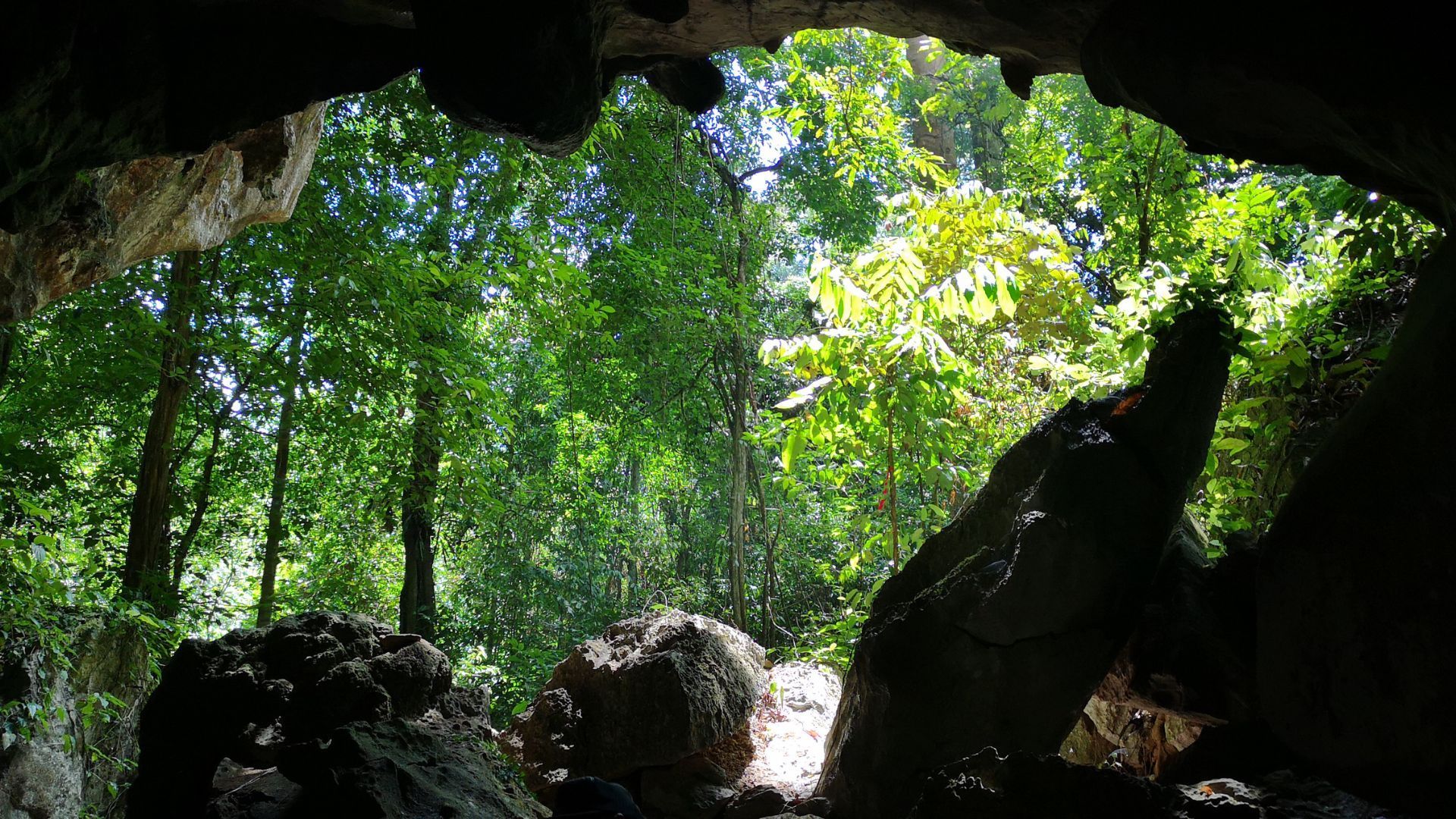
Image credit: ShutterstockAnother cave to visit in Malaysia is found on Borneo Island, but this one is in Sabah’’s Kunak region. The Madai Cave is situated in the Madai-Baturong Forest Reserve. This limestone cave has archaeological and cultural significance and is home to swiftlets whose nests are considered an expensive delicacy. The local Ida’an community are the guardians of the cave and live right outside it, often going back and forth to the cave to harvest the nests. Traces of human inhabitation and ancient coffins can be found inside the cave, making it necessary for visitors to be accompanied by a guide. Travellers can find a guide through either the locals or a travel agent before planning a visit.
How to reach
By air: Tawau Airport is 65 km away.
By road: Kunak is 16 km away.
Gua Gunung Runtuh
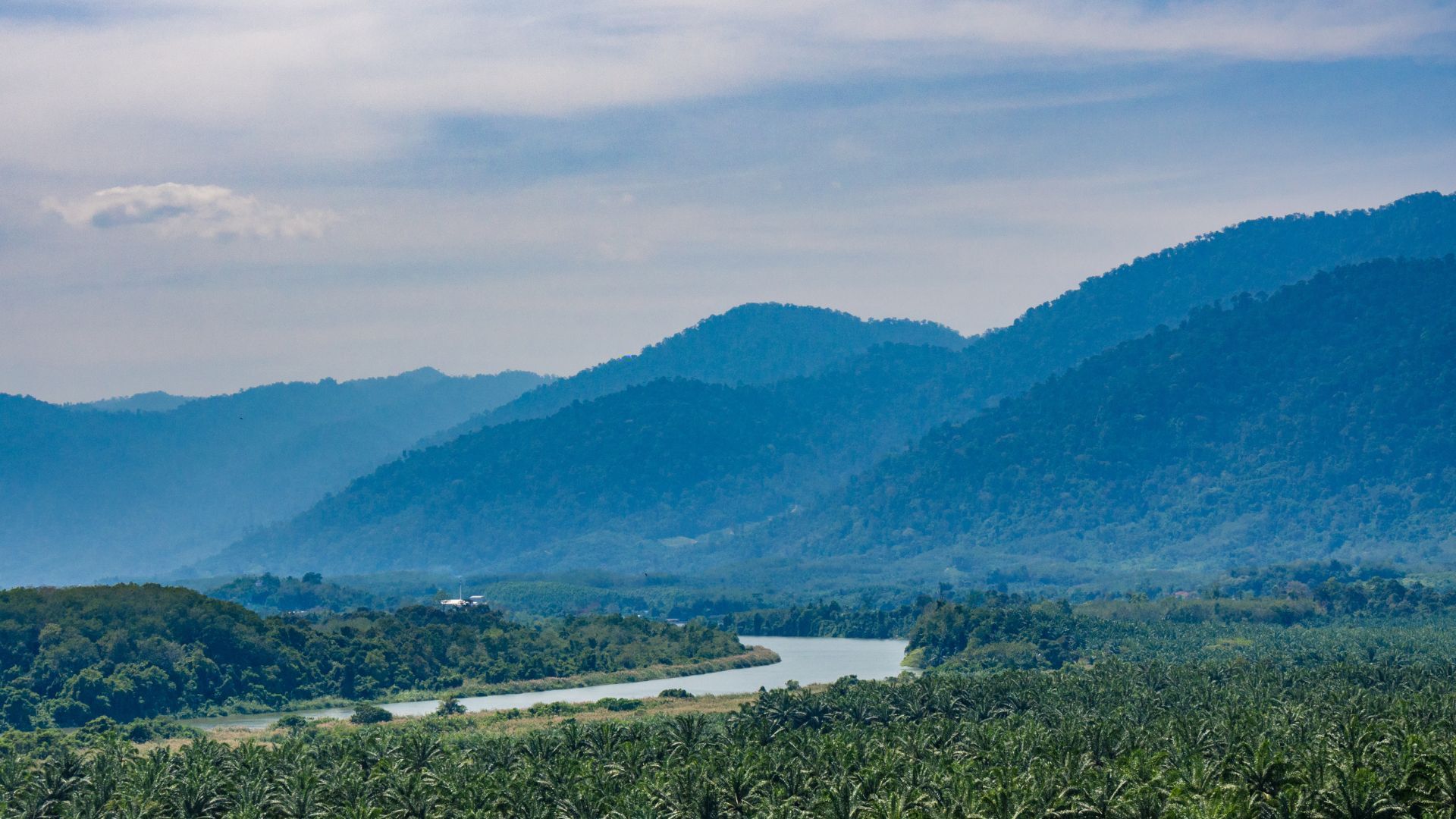
Image credit: ShutterstockOne of the important archaeological sites of Malaysia, Gua Gunung Runtuh makes the Lenggong Valley in Perak a UNESCO World Heritage Site. While this cave is not as big as the others on this list, it holds great historical significance. It is the excavation site of the ‘Perak Man’, the oldest and most complete human skeleton found in Southeast Asia. However, visiting the Gua Gunung Runtuh caves is not easy, as it is not a proper tourist destination. Visitors need to get a permit and a guide from the Lenggong Archeological Museum.
How to reach
By air: Penang International Airport is 140 km from the Lenggong Valley.
By road: Ipoh is 75 km away.
Book your stay at Novotel Taiping Perak via Booking.com
Book your stay at Novotel Taiping Perak via Agoda
Niah National Park Caves

Image credit: ShutterstockPart of UNESCO World Heritage Sites’ tentative list, the Niah Caves are an important archaeological site in the country. Located in Miri, Sarawak, these caves have been credited for preserving vital historical relics, such as wall paintings, boat-shaped wooden coffins and a 40,000-year-old Palaeolithic human skull. Besides these discoveries, the cave complex is also known for its intricate cave networks, limestone hills and lowland dipterocarp forests. Visitors won’t need a guide for these caves; the authorities have created routes they can follow.
Tickets: Starting from RM 10 (USD 2) for adults and RM 3 (USD 0.64) for children.
How to reach
By air: Miri Airport is 87 km away.
By road: Miri is 95 km away.
Perak Tong Cave Temple
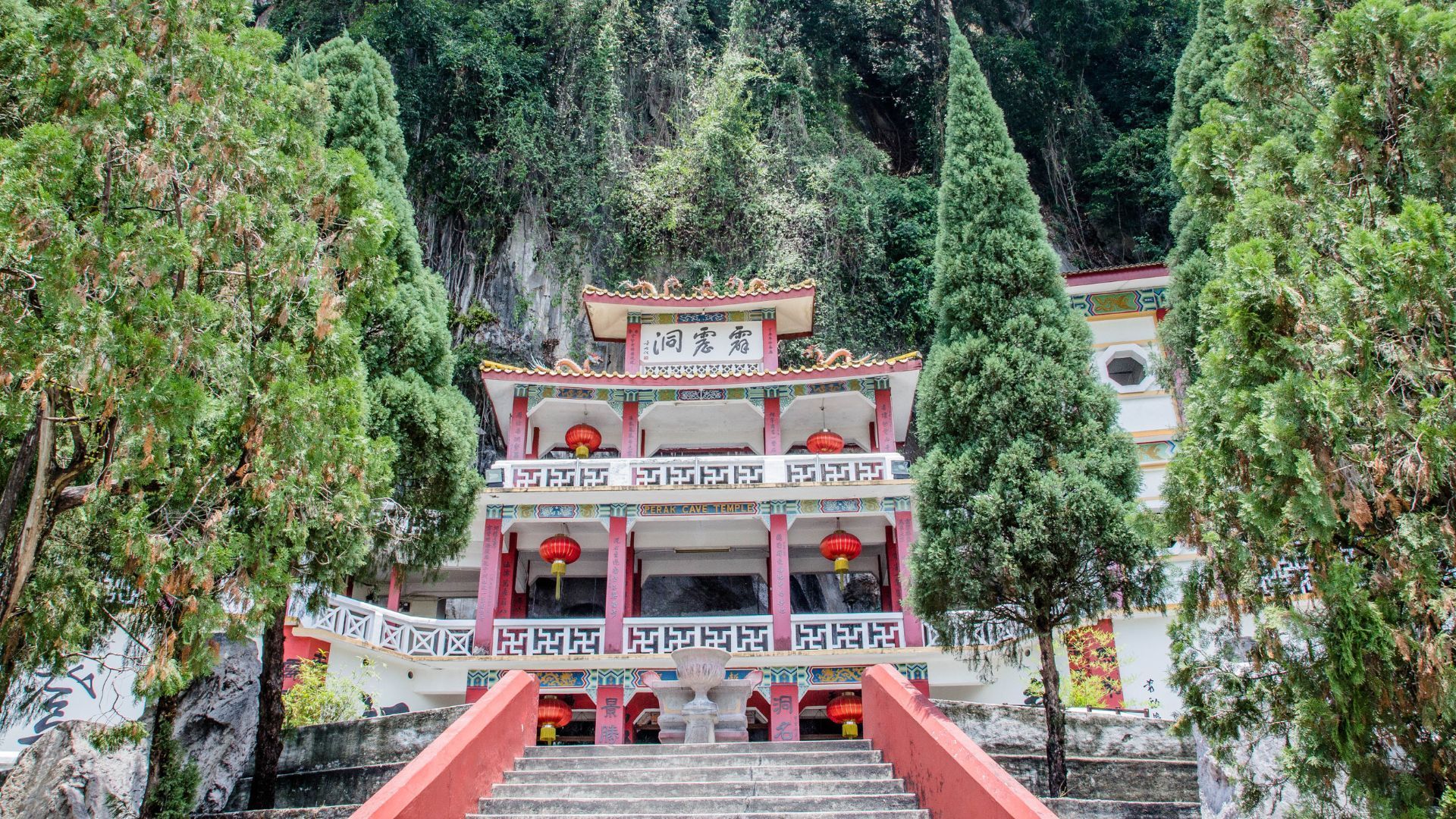
Image credit: ShutterstockA popular pilgrimage site and tourist attraction around the city of Ipoh, Perak Tong Cave Temple has a grand 40-ft-tall Buddha statue sitting at its centre. The limestone cave has a high dome that branches off into hidden recesses and grottoes. The temple cave’s wall is adorned with beautiful murals depicting scenes from Chinese mythology and Buddhist scriptures. This cave is easy to visit, and people of all ages can come here. However, one must be dressed appropriately as it is a religious site.
Ticket: Entry to the temple is free.
How to reach
By air: Sultan Azlan Shah Airport is 13 km away.
By road: The cave is 6 km from Ipoh city centre.
Book your stay at The Haven All Suite Resort, Ipoh via Booking.com
Book your stay at The Haven All Suite Resort, Ipoh via Agoda
Gua Tempurung
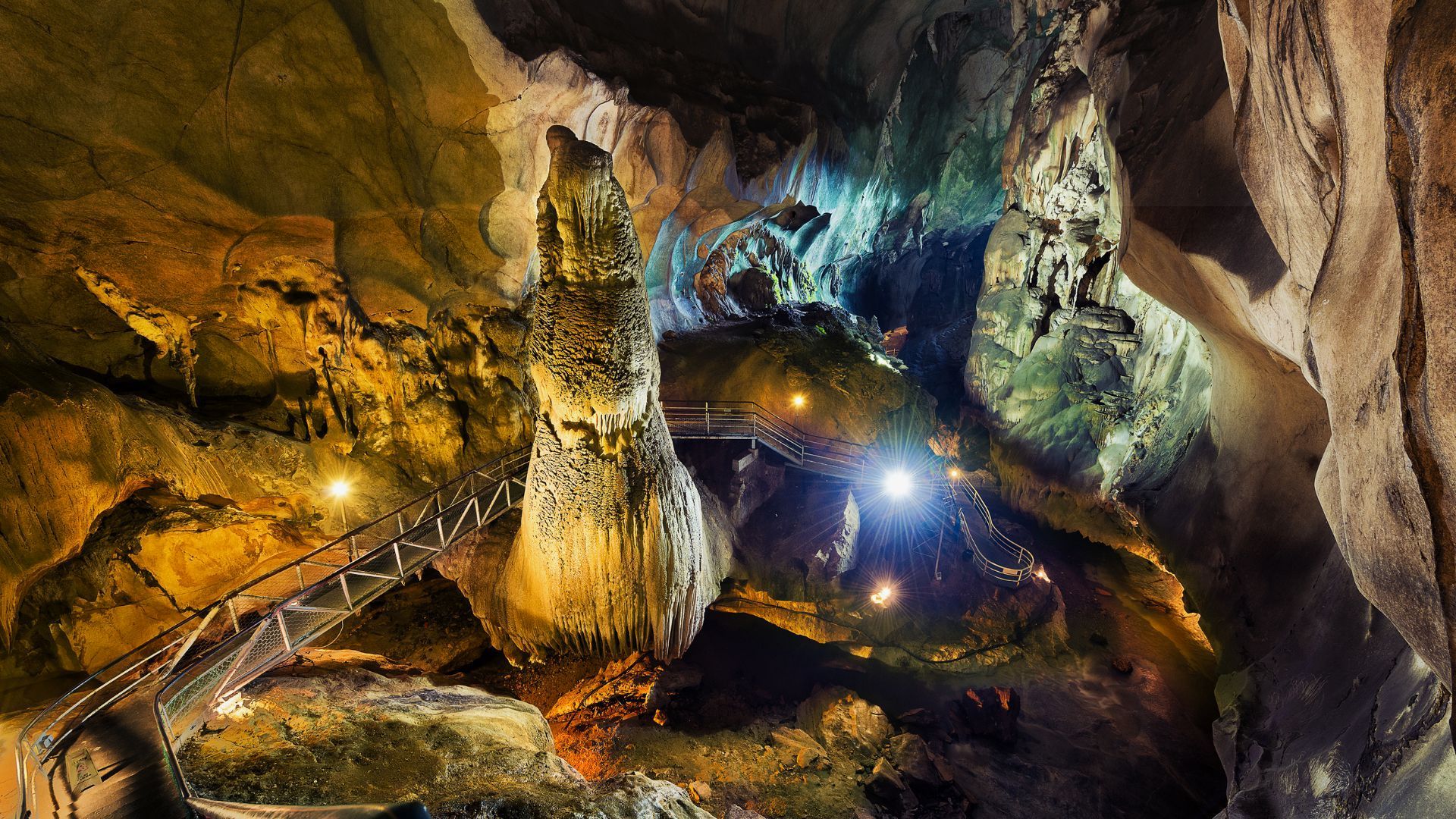
Image credit: ShutterstockThe Gua Tempurung in Perak is one of the longest limestone caves in Peninsular Malaysia. Tucked away in the Kinta Valley Geopark, the cave has five grand domes that resemble coconut shells and showcase a diverse collection of stalagmites and stalactites as well as a 1.6-km-long river. This cave is great for beginners as they have guided tours that allow for easy exploration of this cave.
How to reach
By air: Sultan Azlan Shah Airport is 26 km away.
By road: Ipoh is 38 km away.
Book your stay at Kinta Riverfront Hotel & Suites via Booking.com
Book your stay at Kinta Riverfront Hotel & Suites via Agoda
Gua Kelam

Image credit: ShutterstockA tin mine under British rule, this limestone cave in Perlis has transformed into a popular tourist site near Kaki Bukit. It is fairly easy to explore as walkways have been built within the cave, giving easy access to everyone. Visitors can spot the Sungai Perlis River flowing under the walkway. Gua Kelam has surreal rock formations throughout the cave, and the end opens into the Wang Tangga Valley.
Tickets: RM 1 (USD 0.21) is the entrance fee for adults and RM 0.50 (USD 0.11) for children.
How to reach
By air: Sultan Abdul Halim Airport is 80 km away.
By road: The cave is 700 m from the city centre of Kaki Bukit.
Shop the best travel experiences here
Hero and feature image credit: Shutterstock
Related: 12 Stunning Island Resorts In Malaysia To Add To Your Bucket List
Frequently Asked Questions (FAQs)
– How many caves are there in Malaysia?
Malaysia has more than 100 caves, with Gunung Mulu National Park being home to some of the most beautiful and iconic ones. Thus, it is one of Malaysia’s UNESCO World Heritage Sites.
– Are the caves in Malaysia open to the public?
Several caves are open to the public. They are usually part of protected areas such as Kinta Valley Geopark, Niah National Park and Gunung Mulu National Park, or pilgrimage sites, like Batu Caves and Perak Tong Cave Temple.
– What are the most popular caves to visit in Malaysia?
The Sarawak Chamber, Clearwater Cave, Niah Caves and Batu Caves are among the most popular ones to visit.
– Are there any special cave activities in Malaysia?
You can explore the caves, swim in them and even camp overnight in some.
– What should I bring when visiting caves in Malaysia?
Although each cave has different requirements, it is best to have sturdy shoes that enable you to comfortably hike and explore.
– Are the caves suitable for children and elderly visitors?
Not all caves are suitable for children and the elderly.
– Can I take photographs inside the caves?
Yes, you can take photographs inside the caves. However, some of them are dark and have low light, which may hinder the taking of clear photographs.






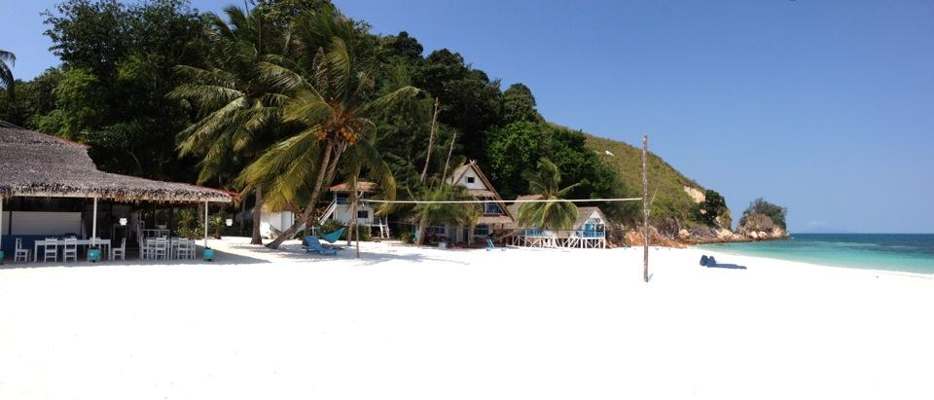
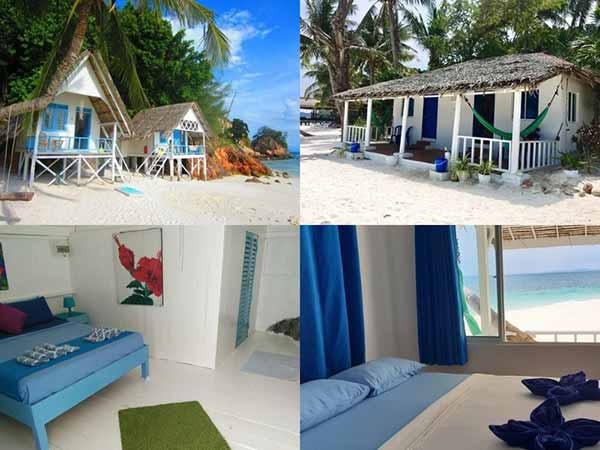


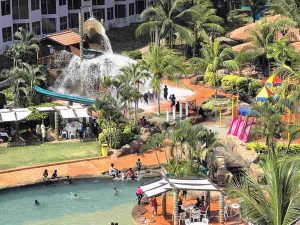
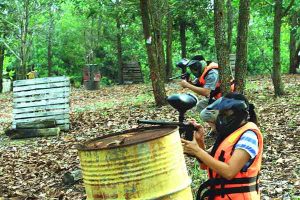

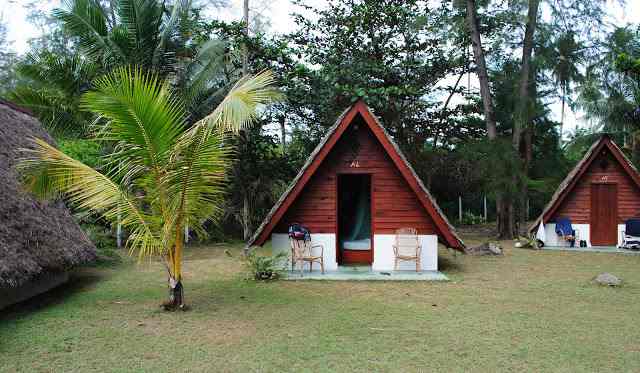
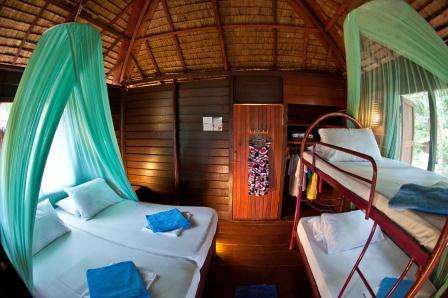
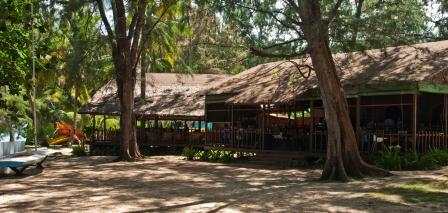
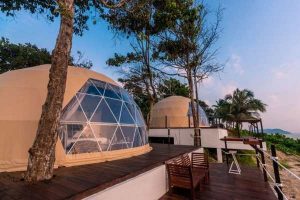
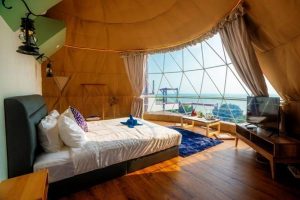
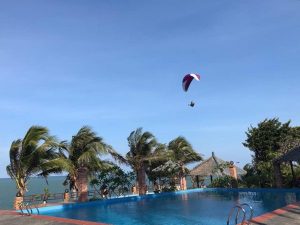

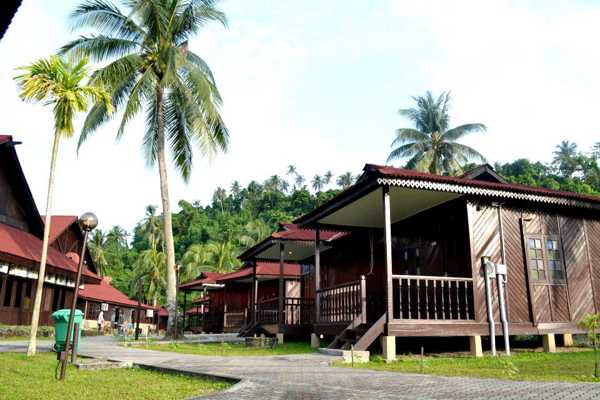
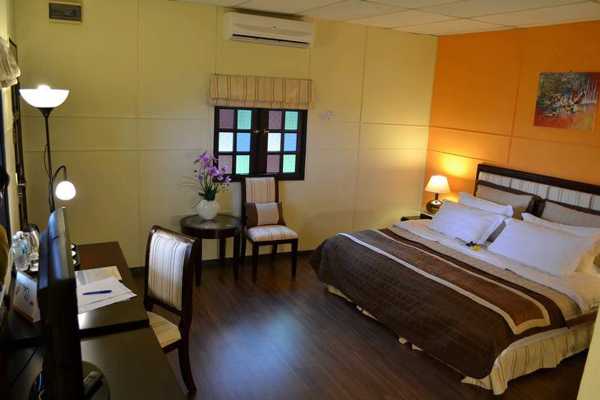

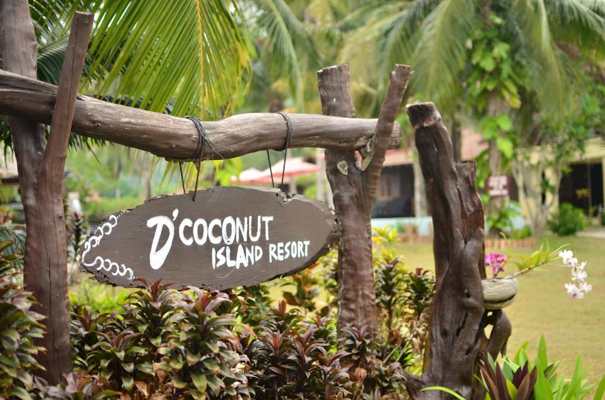
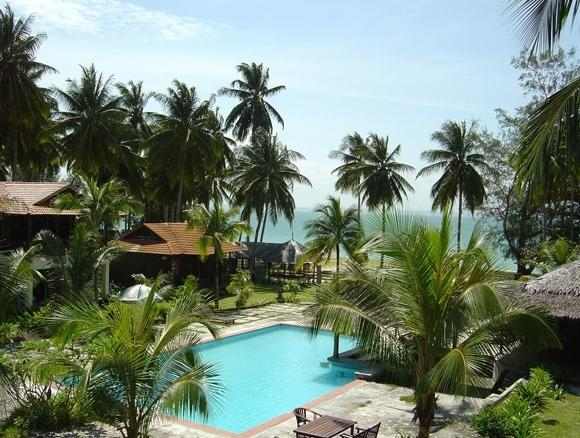
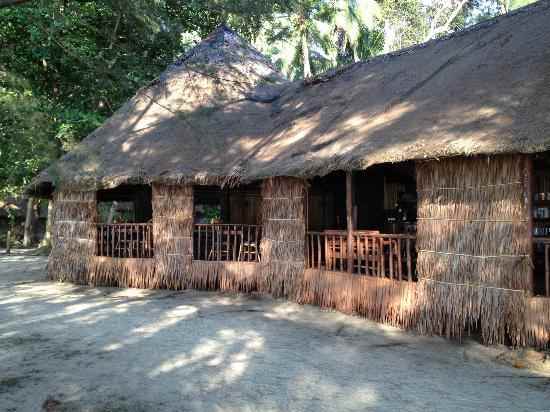
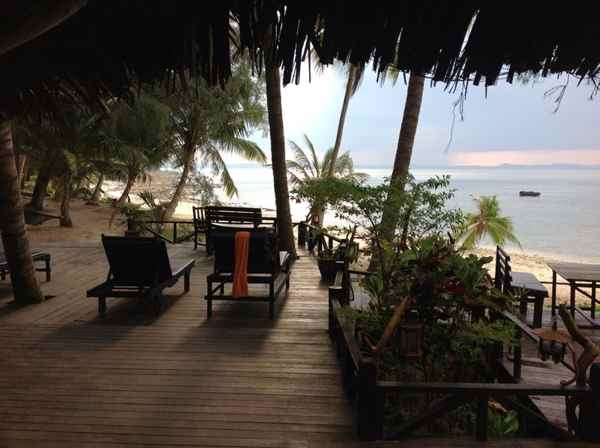
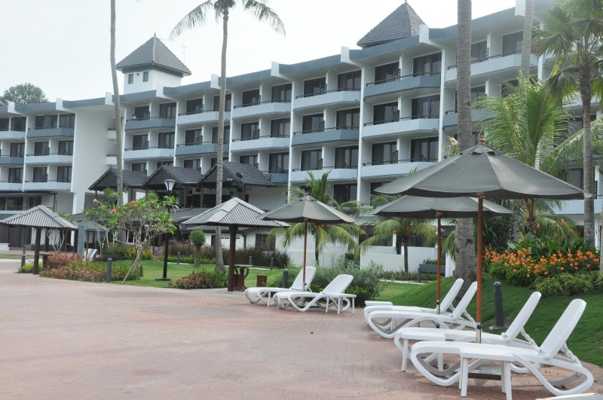
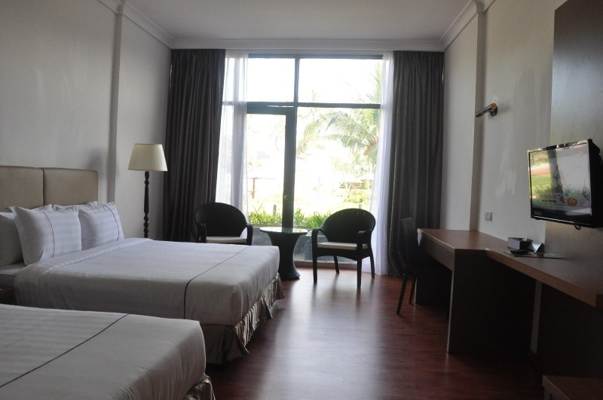
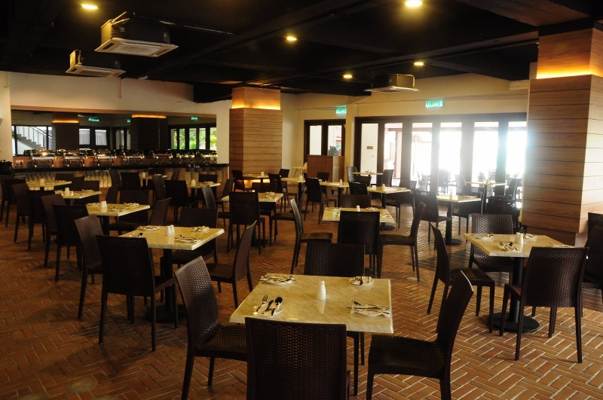



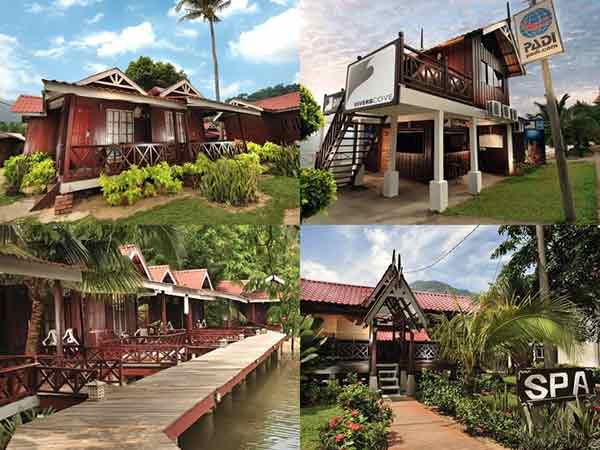
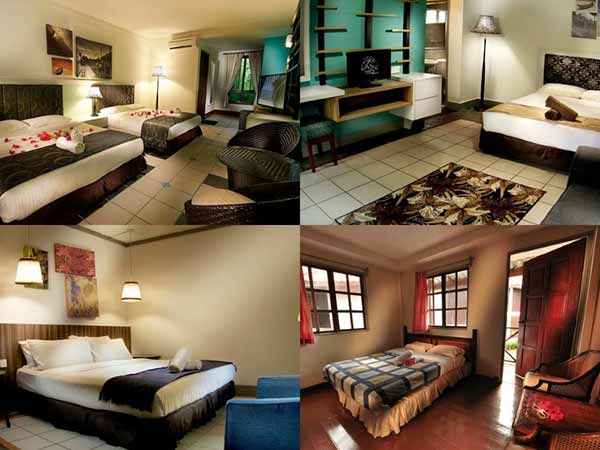
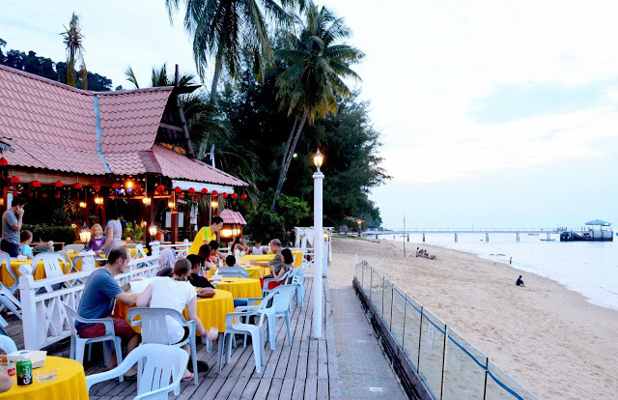
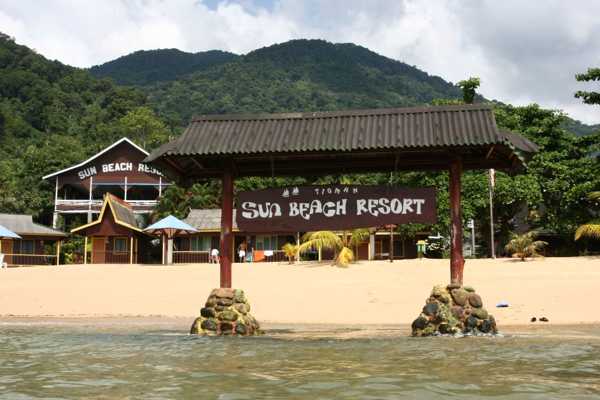
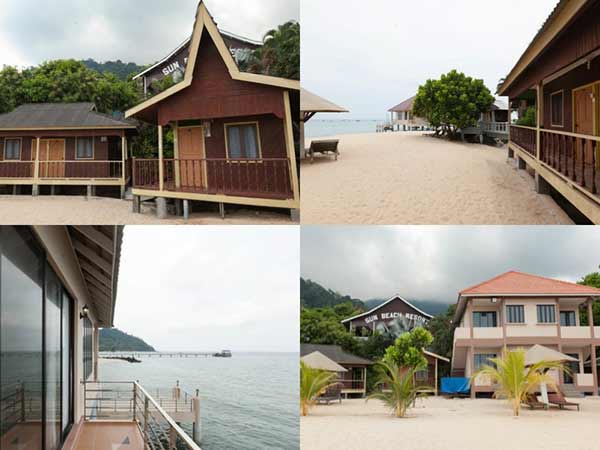



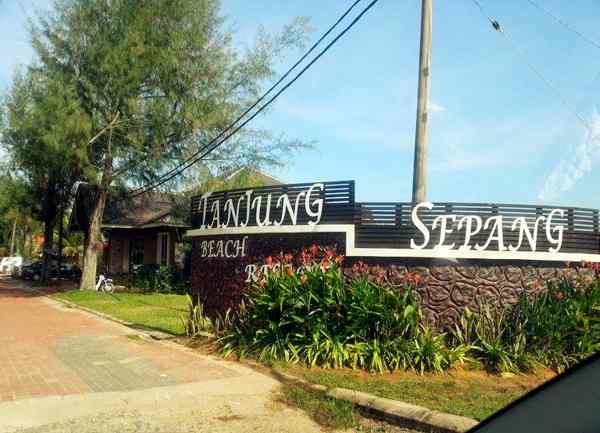


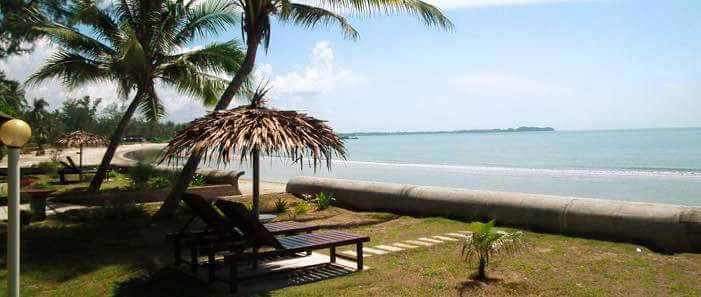

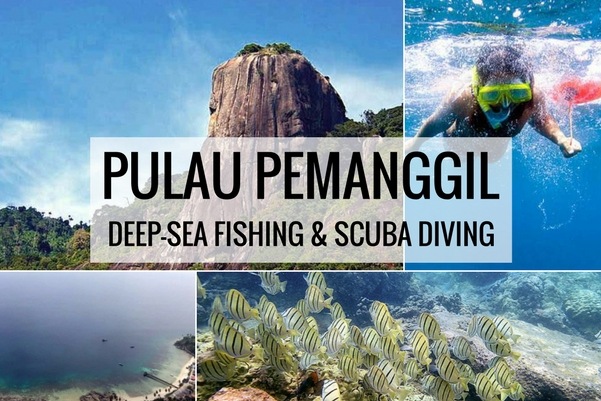
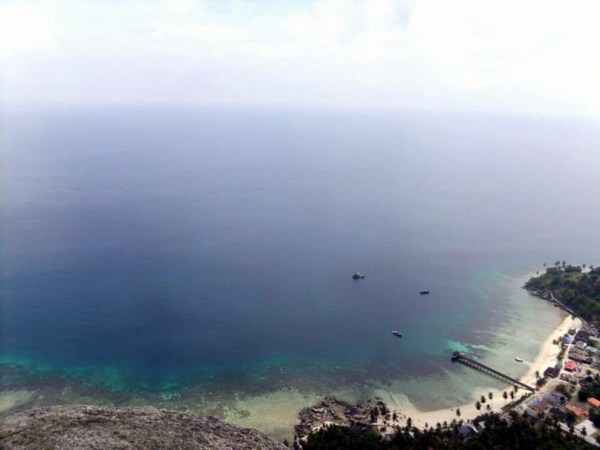

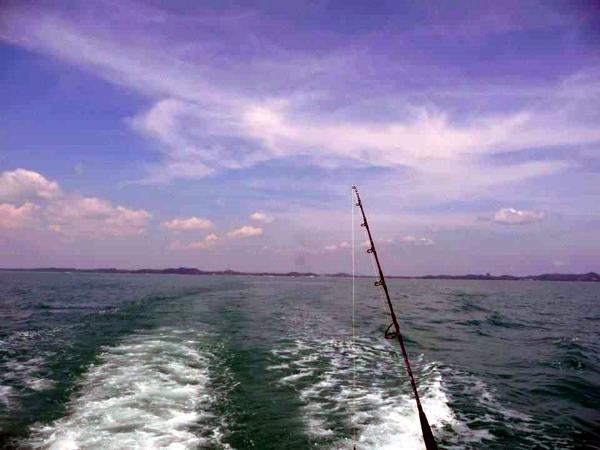

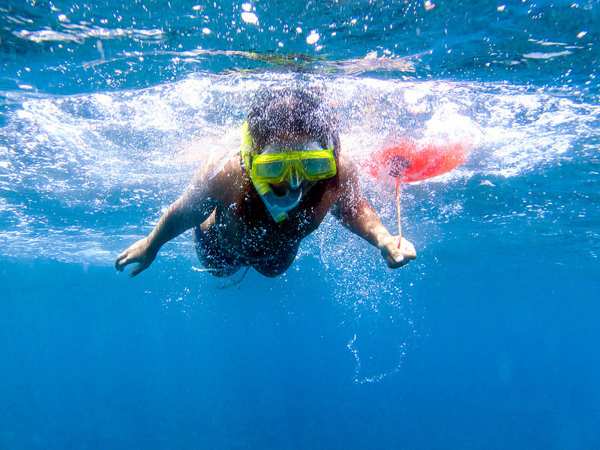
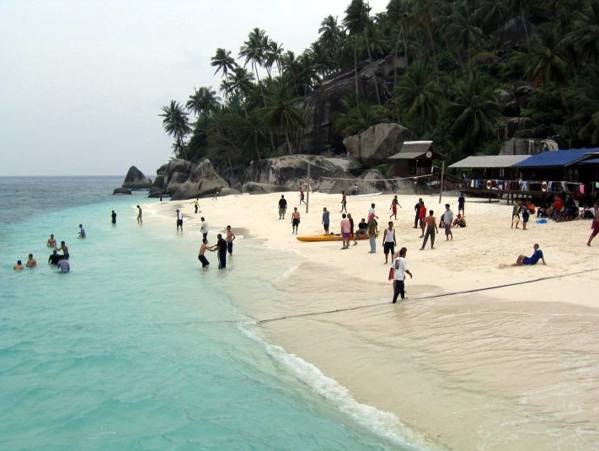
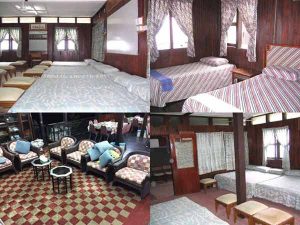


1 Comment
[…] the multicultural nature of Johor Bahru that the street epitomises. Visit the Johor Chinese Ancient Temple, Gurdwara Sikh Temple and the Arulmigu Rajamariamman Devasthanam Temple which are all located along […]